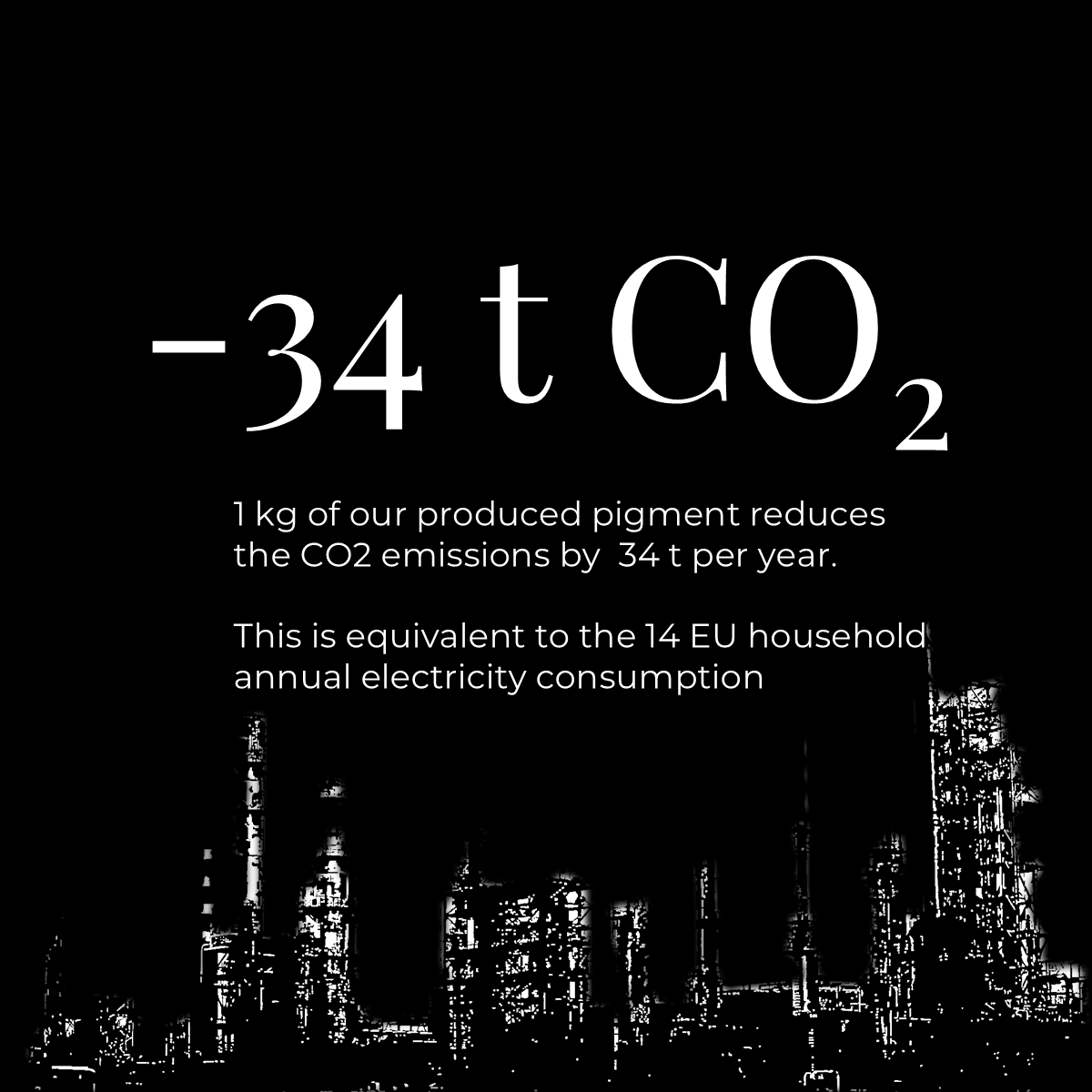Impact
Vienna Textile Lab is an impact-driven startup with a mission to develop the most sustainable dyes and pigments for the textile industry.
One of the turning points of the textile industry was the Rana Plaza Disaster in Bangladesh in April 2013. It showed the disastrous health and safety conditions that textile workers suffer from. Equally important was the publication of Dirty Laundry by Greenpeace in July 2011, connecting fashion brands with the pollution on specific sites in China’s rivers.
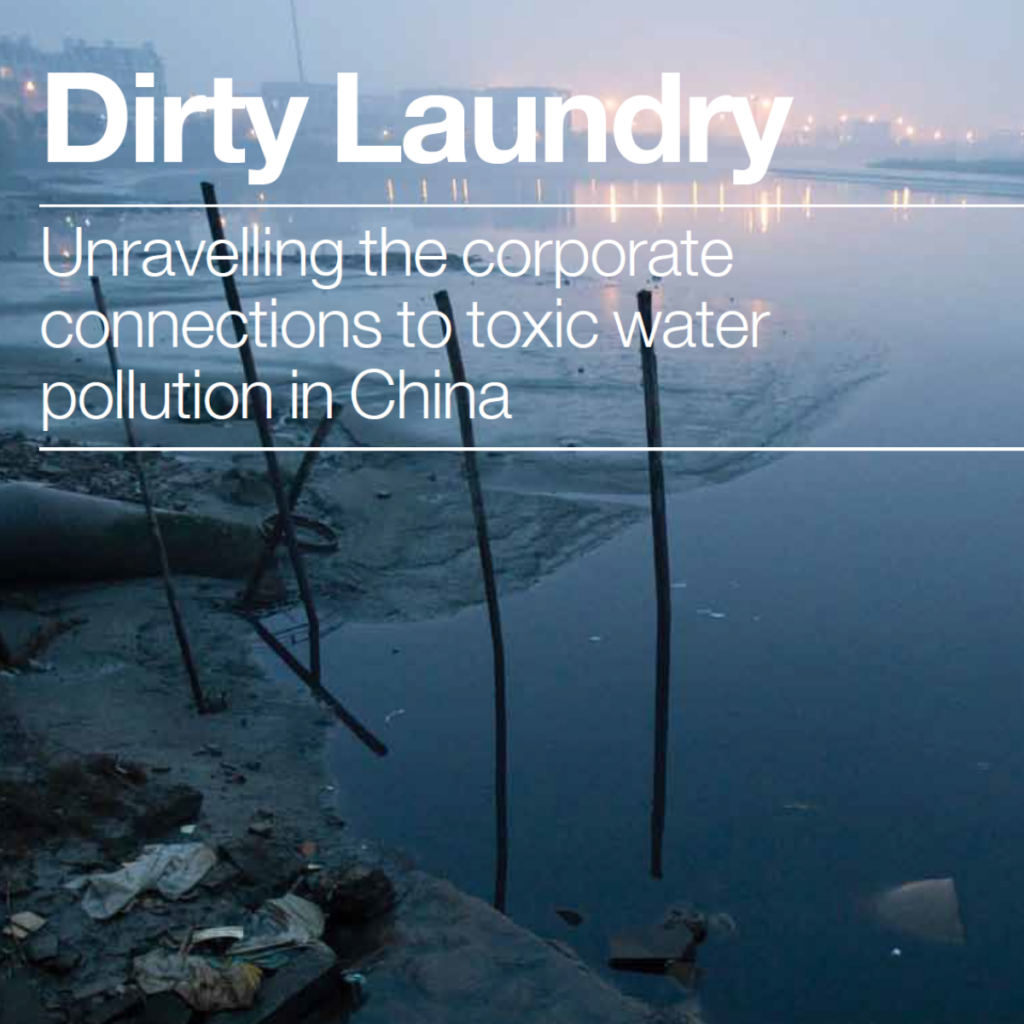
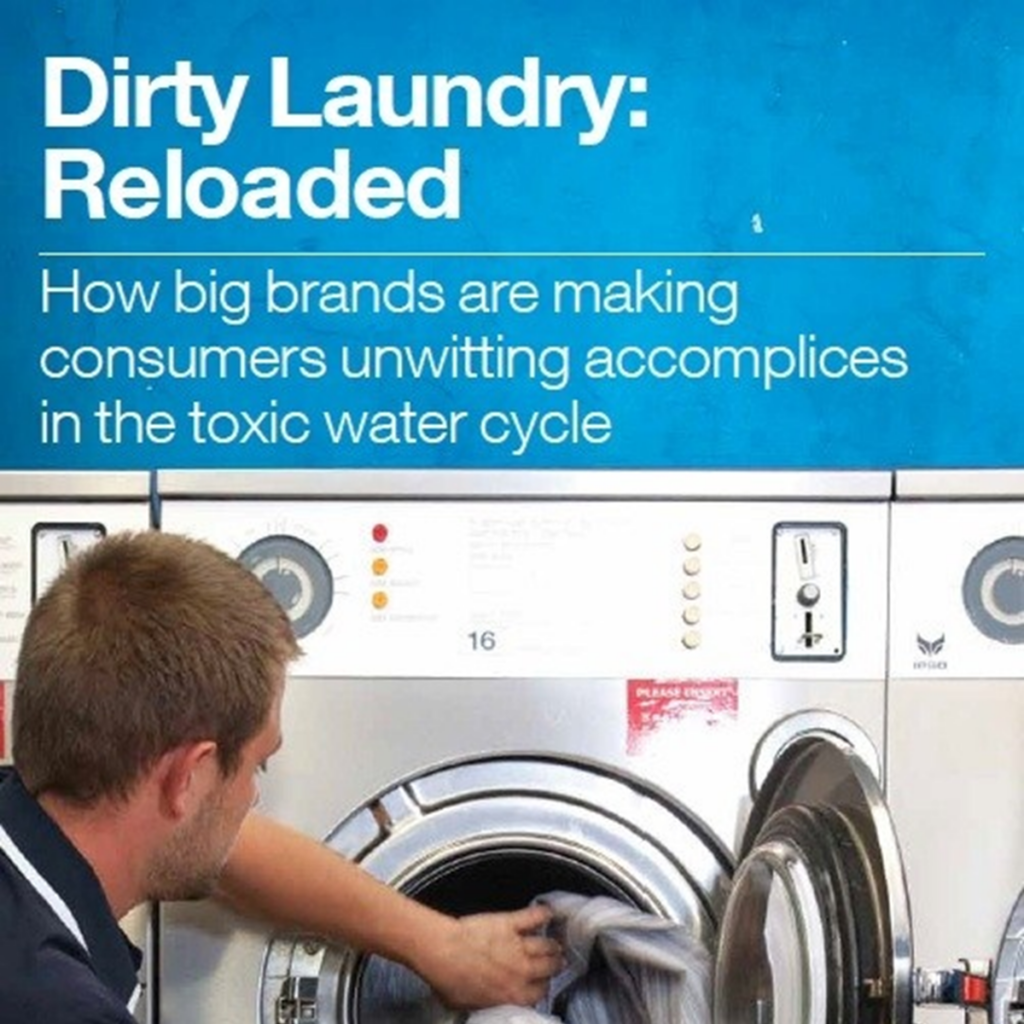
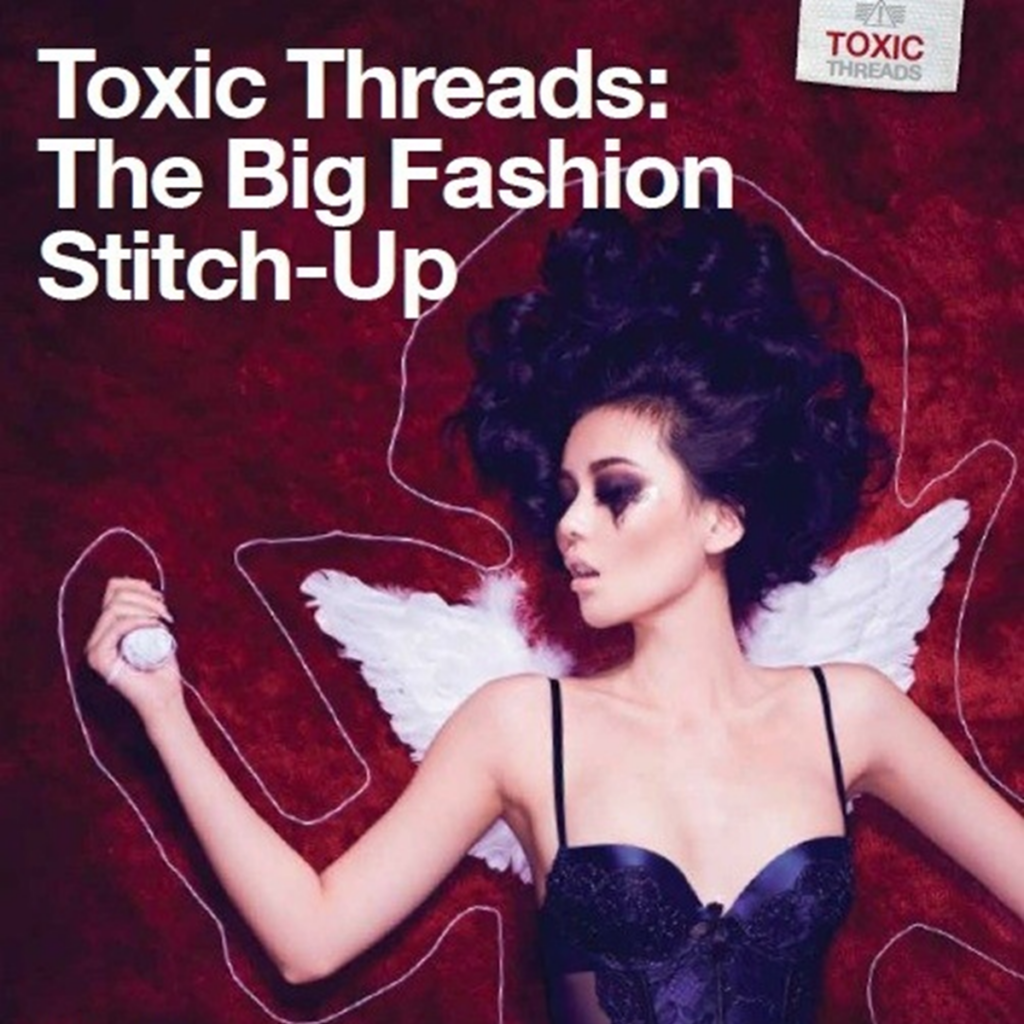
Especially the dyeing process and the materials used to treat textiles are the main culprits when it comes to the environmental footprint of the industry.
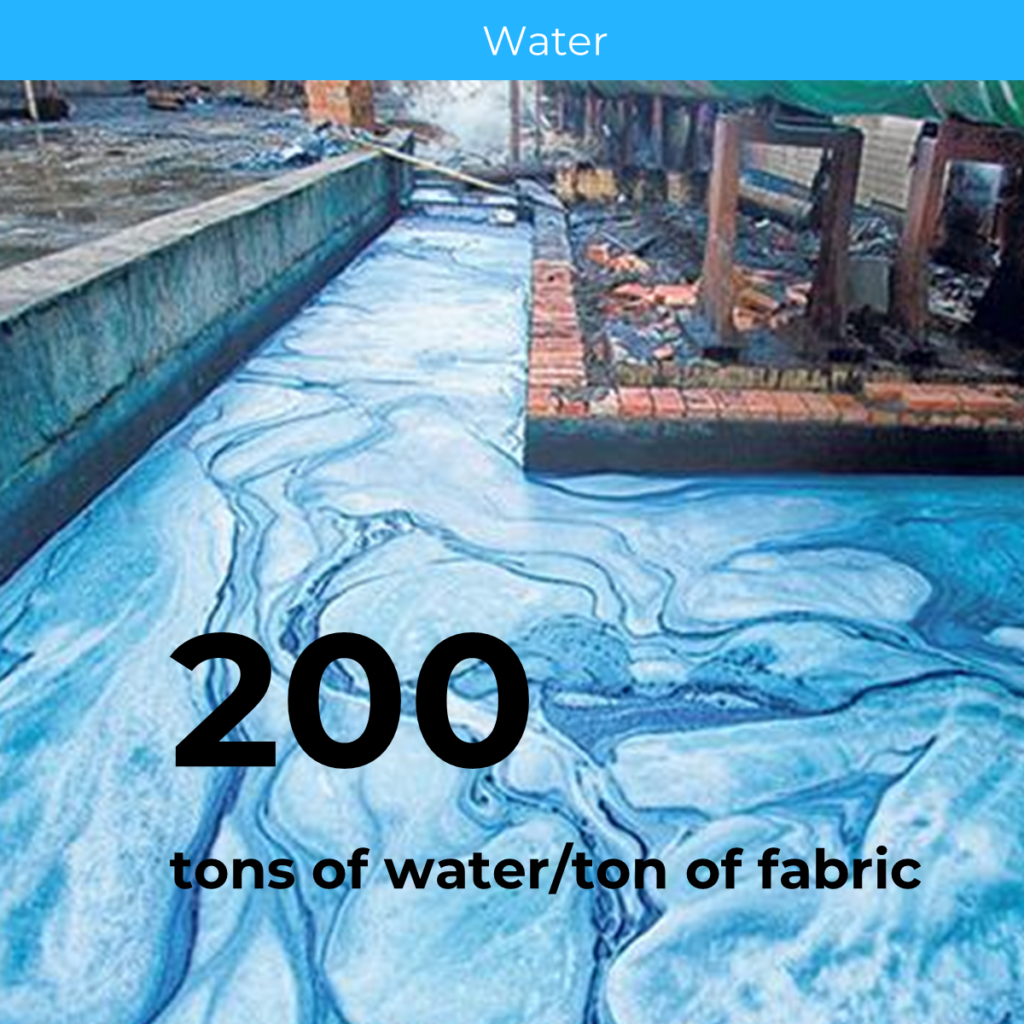
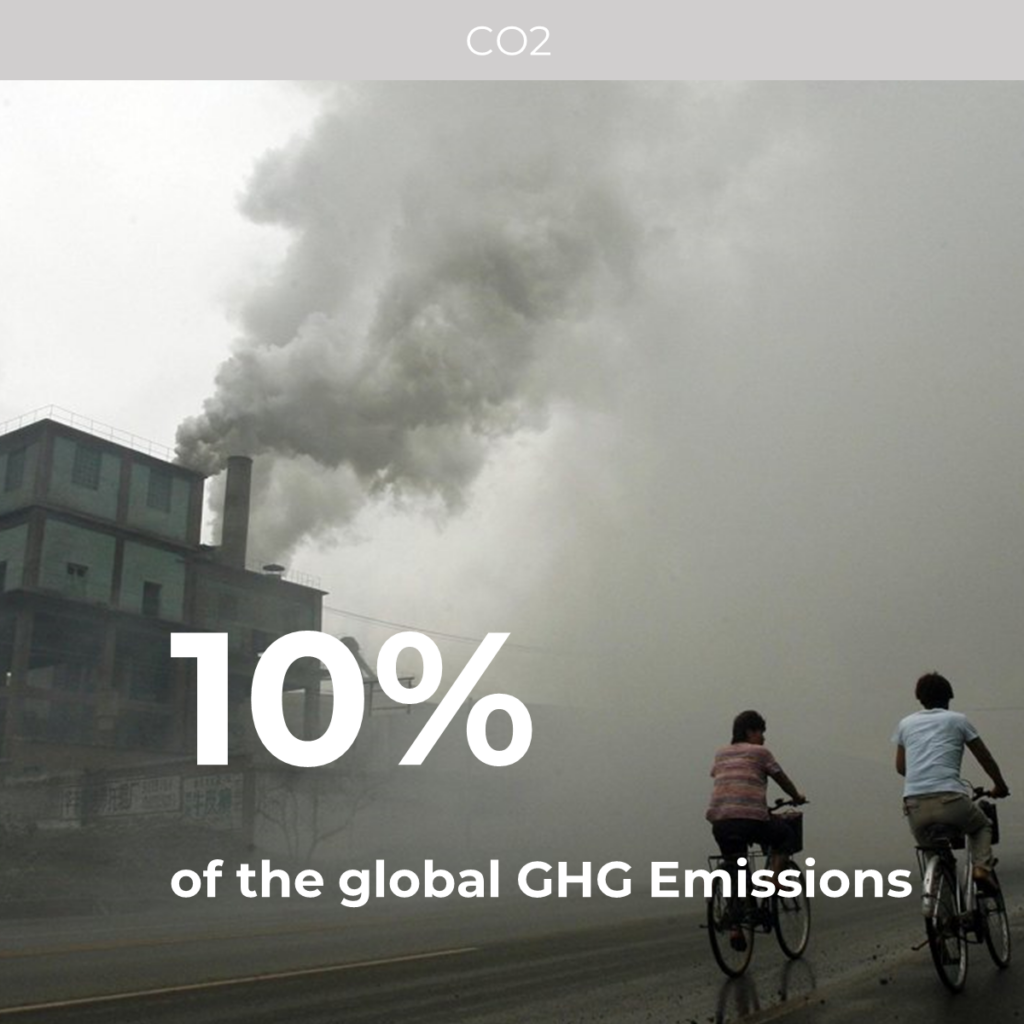

The textile industry consumes up to 200 tonnes of water for every tonne of fabric produced, with much of this water released back into the environment as toxic waste. The industry also accounts for 10% of global greenhouse gas emissions, and textile workers face increased risks of cancer due to exposure to harmful chemicals.
We do not operate in a vacuum, globally many initiatives aim to tackle climate action and save the environment as we know it. There are many ways to look at the impact and many certifications and assessments and reference systems. We looked on a global and a European scale and decided to make the SDGs, the EU Green Deal, and the 12 Principles of Green Chemistry our basis for how we approach the topic of sustainability.
Our journey towards sustainability begins by looking at the mirror to know where we stand and know where our opportunities are. Therefore, we began our journey with partner company Greenly (FR), with whom we started a Carbon Footprint assessment as a first step to understanding our impact. This report shows Vienna Textile Lab’s Carbon Footprint assessment for the year 2021, calculated by Greenly.
Additionally, we delved into how we contribute to the United Nations’ Sustainable Development Goals (SDGs), the European Union’s Green Deal Initiative and the Green Chemistry Principles.
As a company based in Europe, we take good care of understanding existing and upcoming EU regulations. The EU’s Textiles Strategy, set for 2030, envisions a greener and more competitive textile sector by prioritizing durability, repairability, and recyclability. It targets reducing fast fashion, promoting longer product use, and supporting re-use and repair services. Key actions include design requirements, digital product passports, addressing overproduction, combating microplastic release, and enforcing Extended Producer Responsibility rules. The strategy aligns with legislative proposals, campaigns, and initiatives to advance sustainability and circular practices in the textile industry.
